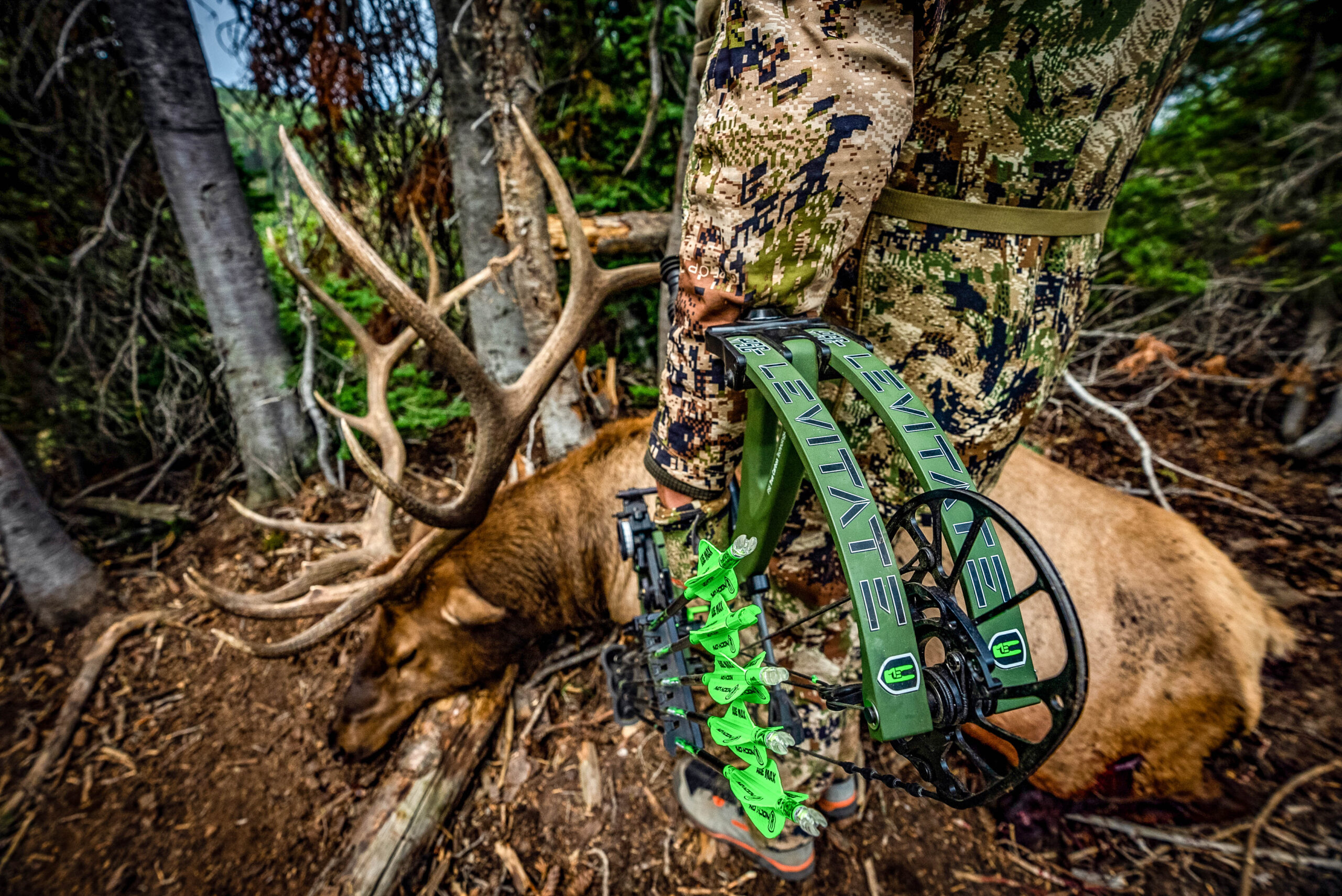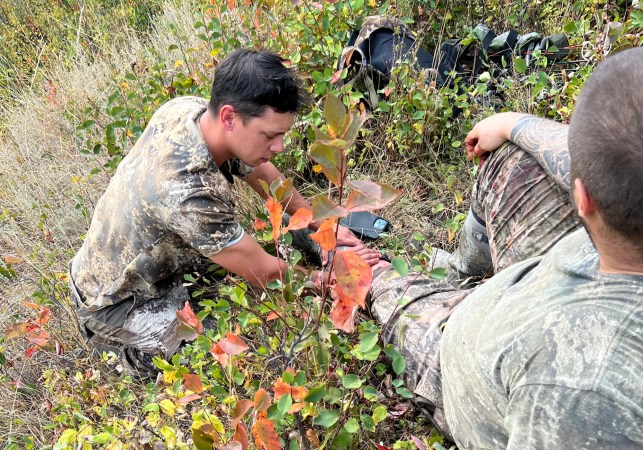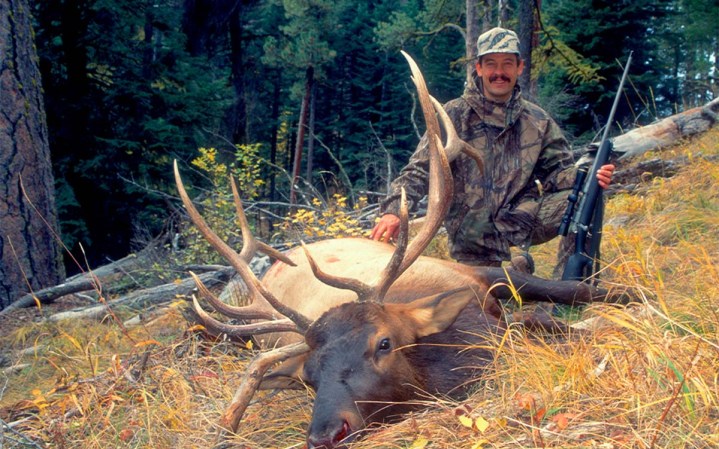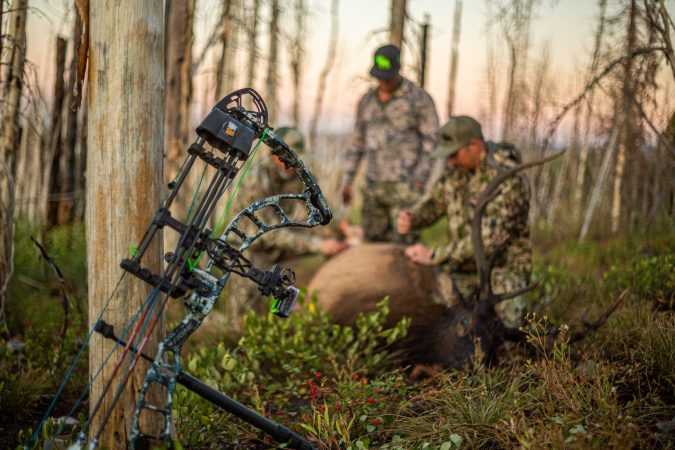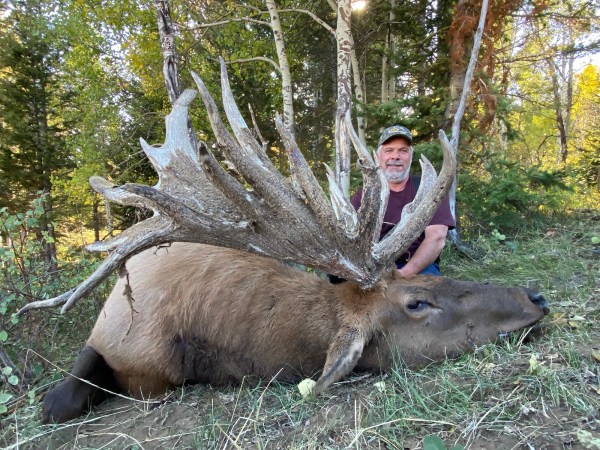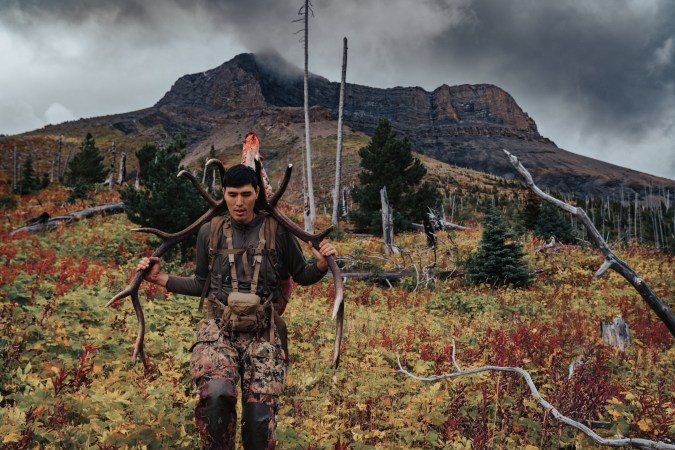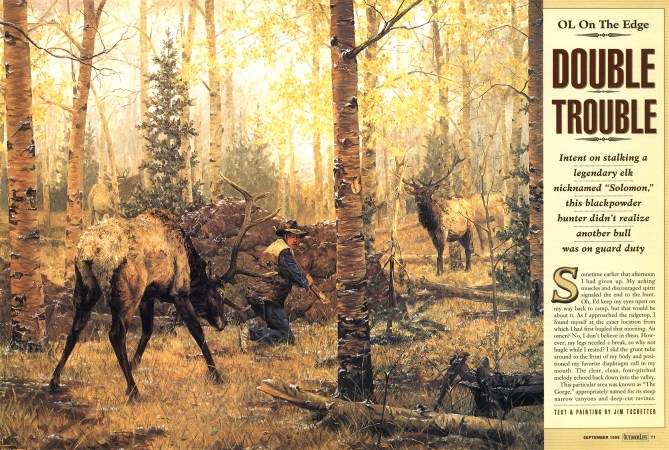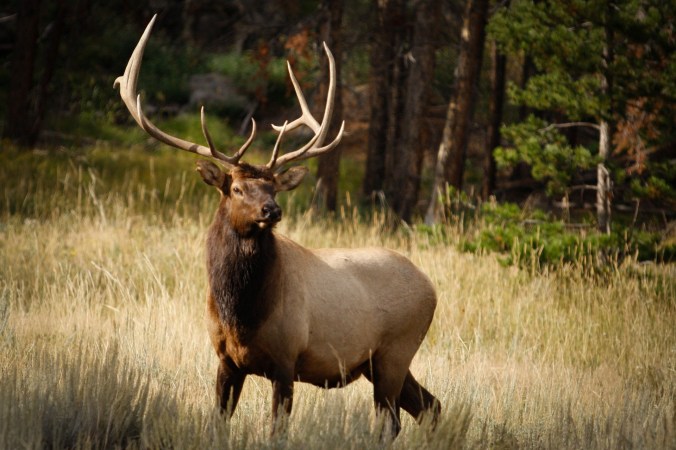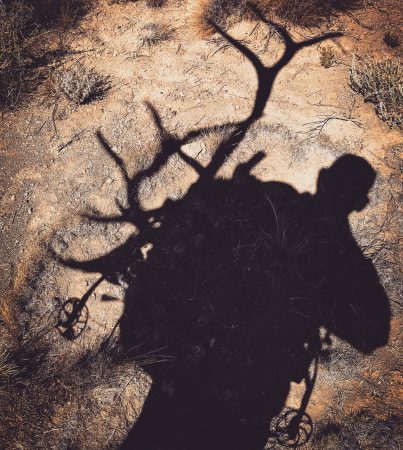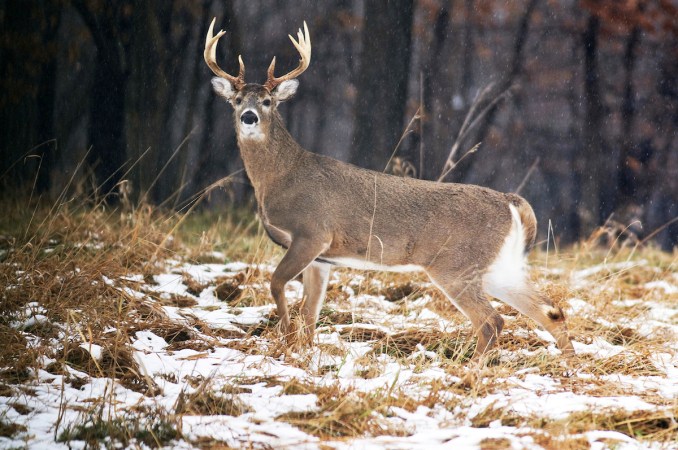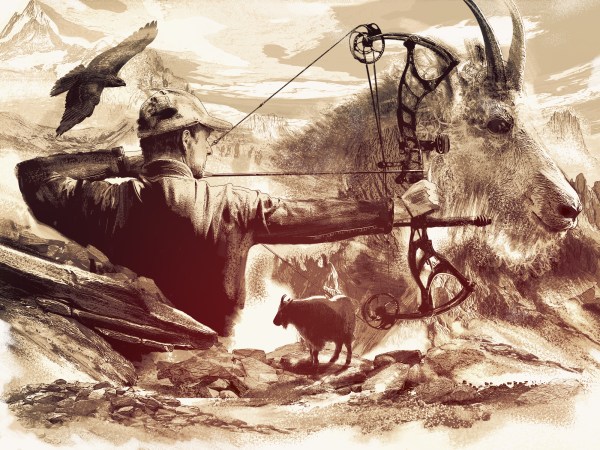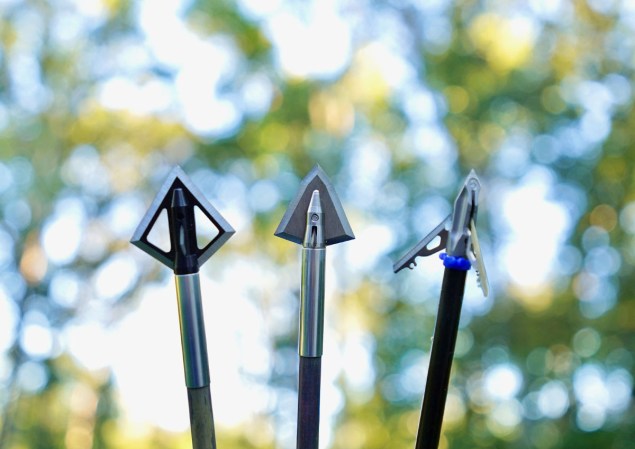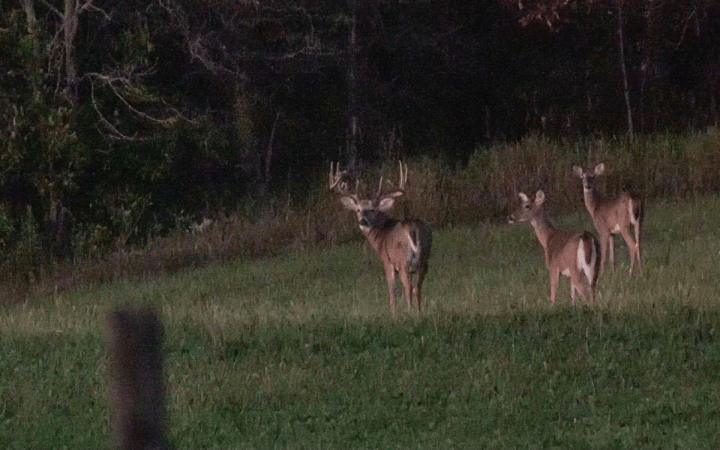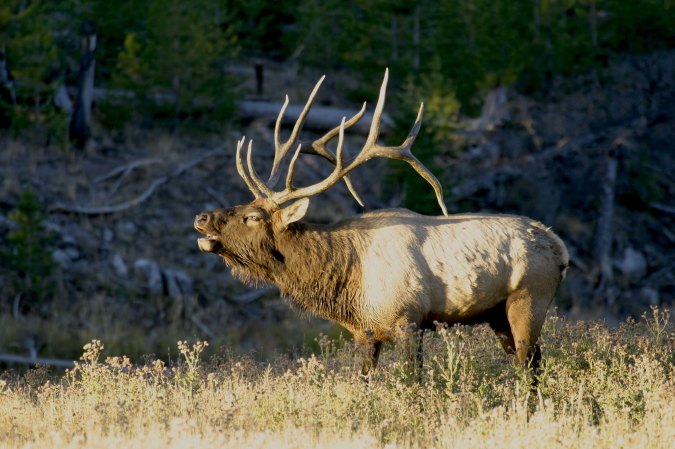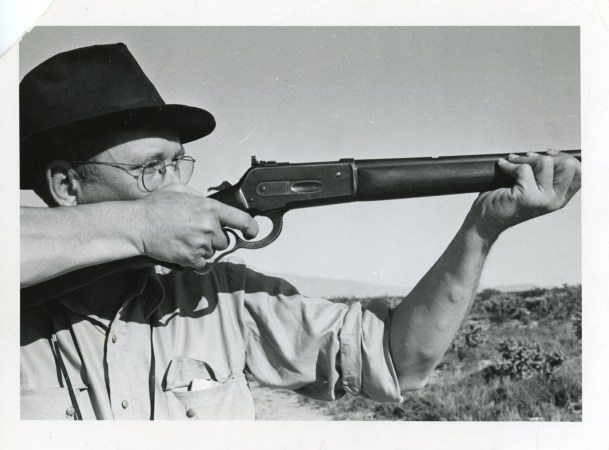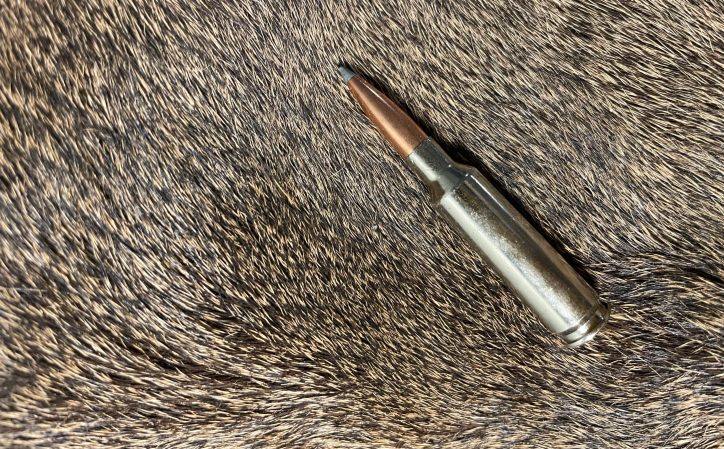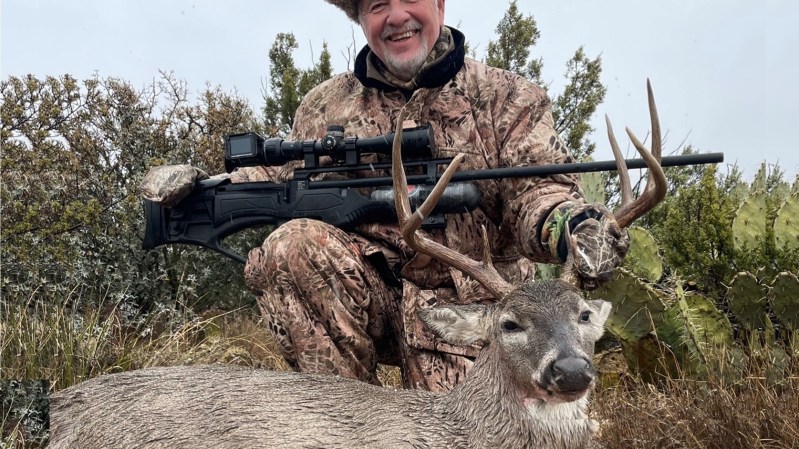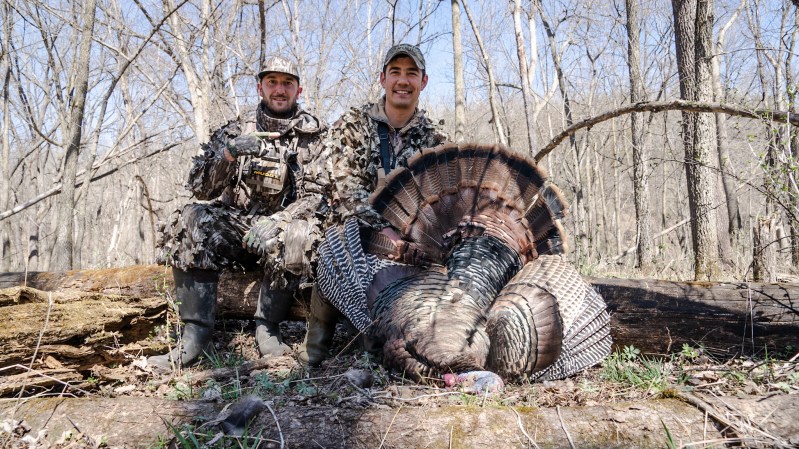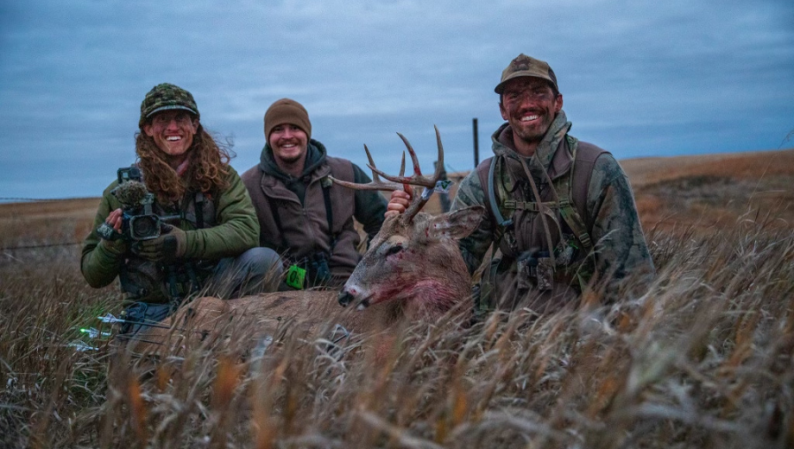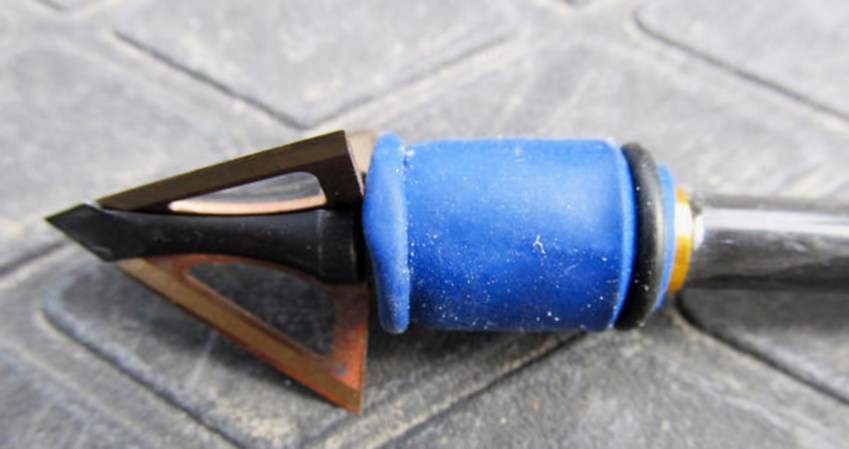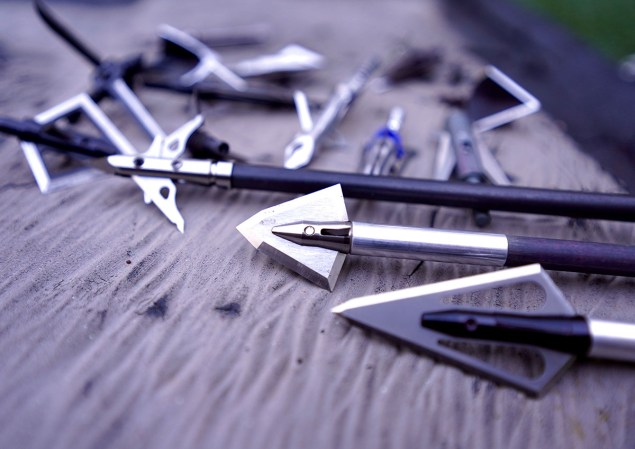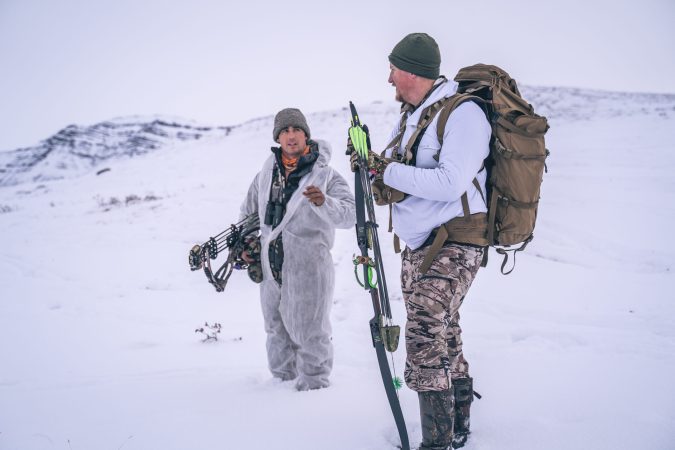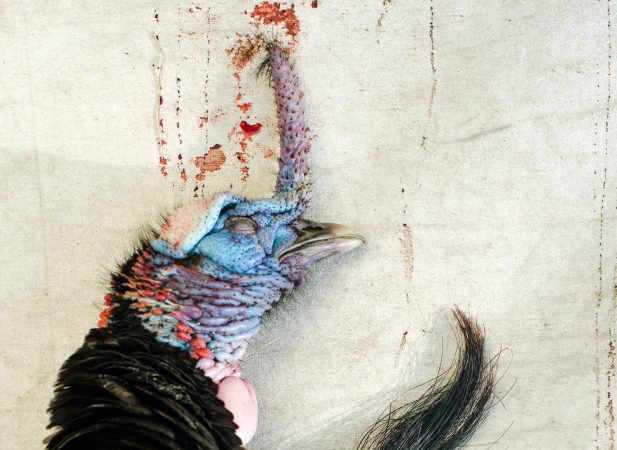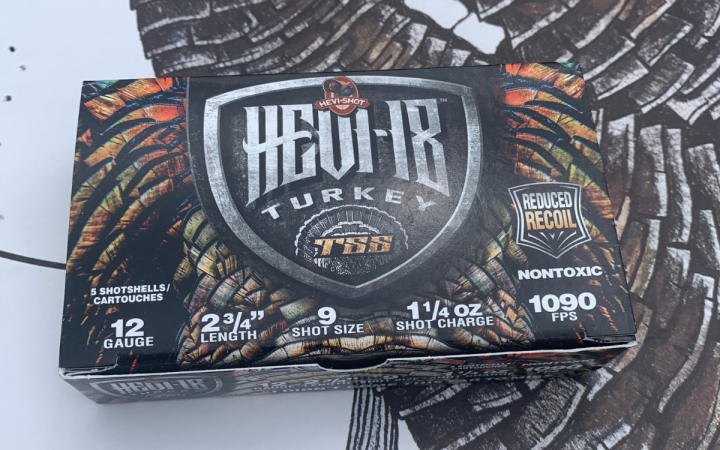Your bow, arrow, and broadhead don’t matter if you shoot an elk in the wrong spot. Whether you spend three grand or 200 bucks on your setup, the result will be the same: a few drops of blood that leads to nothing but disappointment. It’s the responsibility of all elk hunters to work on their archery skills to make quick kills during the season. But it’s also our responsibility to know exactly where to shoot an elk—and where not to.
John Dudley, has a long archery resume, but among his qualifications is a long track record of successful archery elk kills—including seven in the last two years. I talked to him to get his best advice for archery elk shot placement and some archery gear advice. Here’s what he had to say.
Broadside Shot Placement
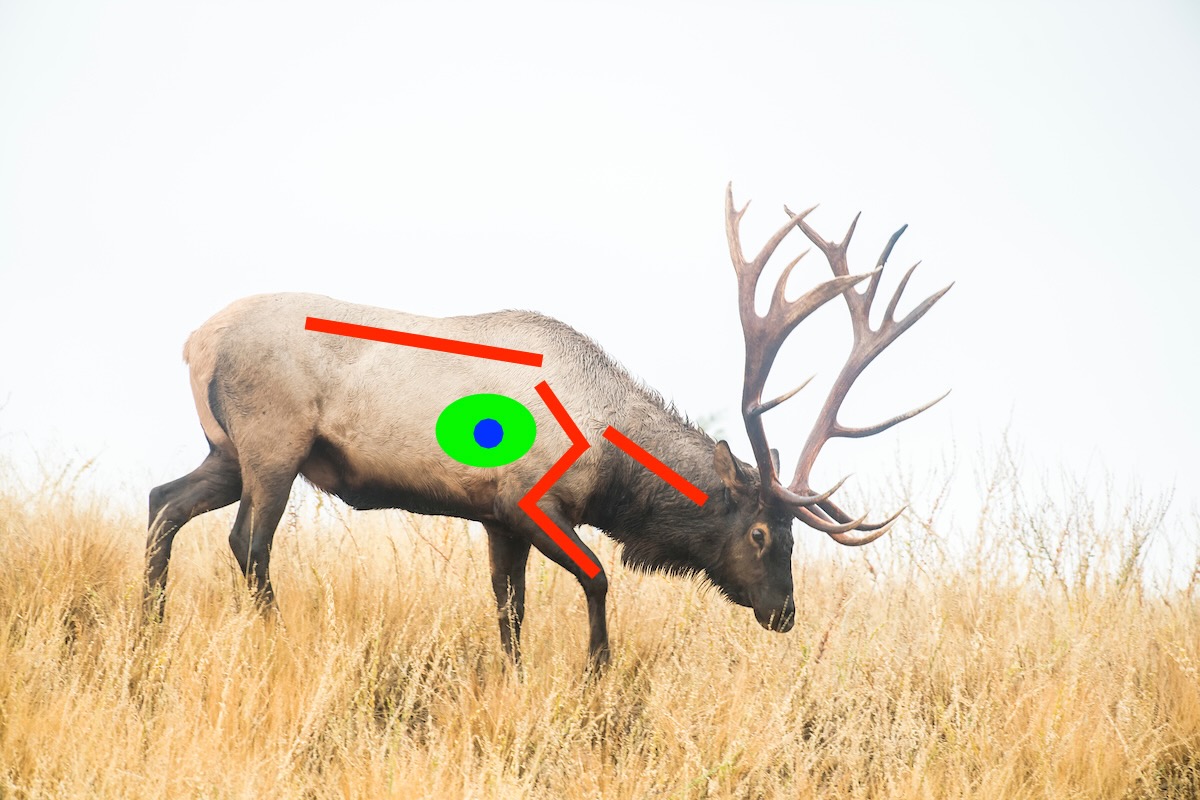
Dudley offers simple advice for shooting a broadside elk. “You want to follow the back of the leg up until you’re at the halfway point of the elk,” he says.
The broadside shot placement on elk doesn’t differ much from where you’d shoot a broadside deer. Settling your pin on the above blue dot ensures your arrow penetrates the lungs while keeping it away from the danger zones and non vital areas.
Quartering Away Shot Placement
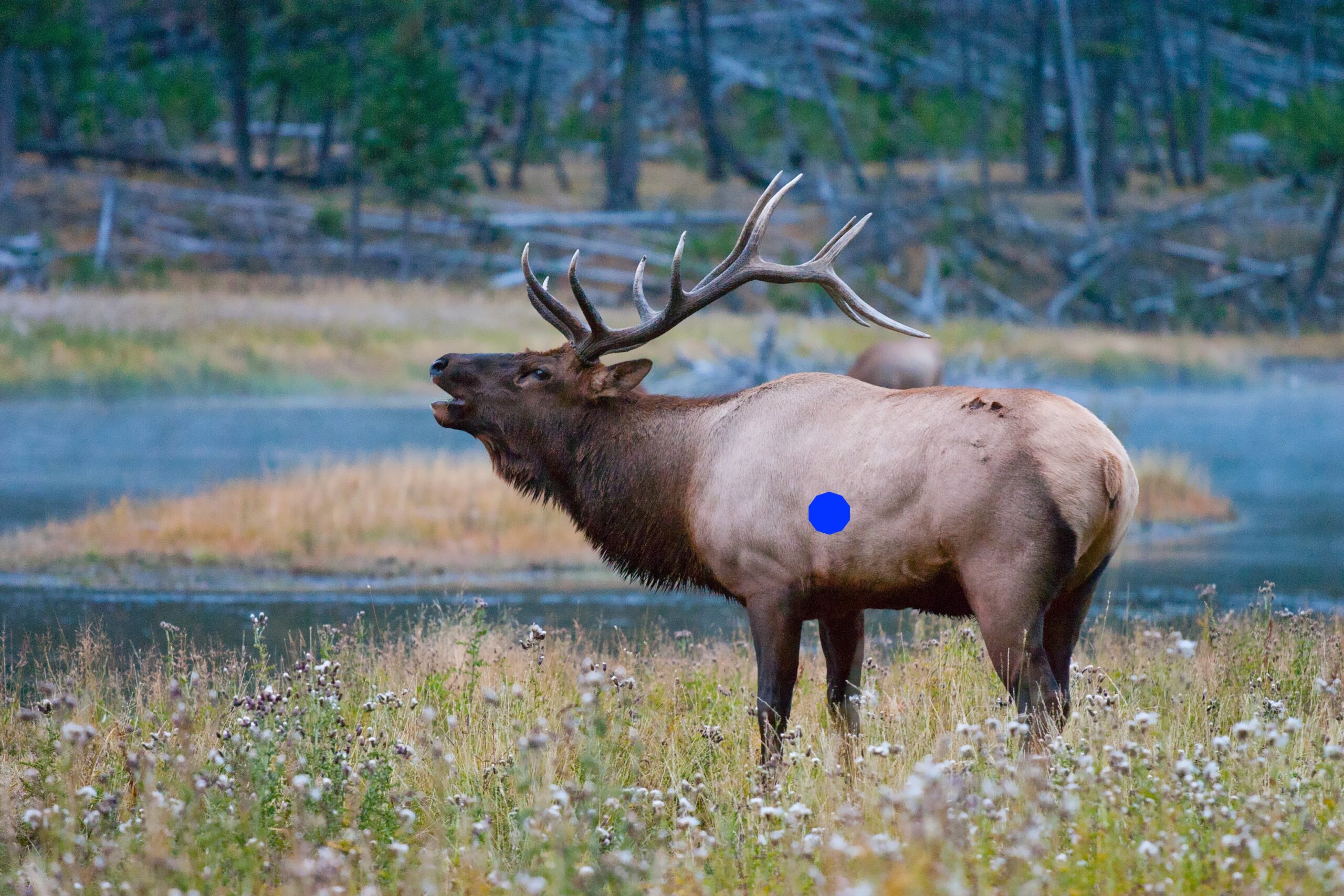
A quartering away shot is arguably one of the best shots on an elk because it’s easier to draw your bow without being seen and it offers a forgiving aiming area.
“A broadside to quartering away shot gives people the opportunity to do a lot of damage to an elk,” Dudley says. “Their lungs are pretty big; it’s almost like shooting a pillow.”
For a quartering away shot, visualize where the broadside aiming point is on the opposite side of the elk. Then aim in a place that would cause your arrow to hit that spot as it exits.
Read Next: Best Hunting Arrows
Frontal Shot Placement
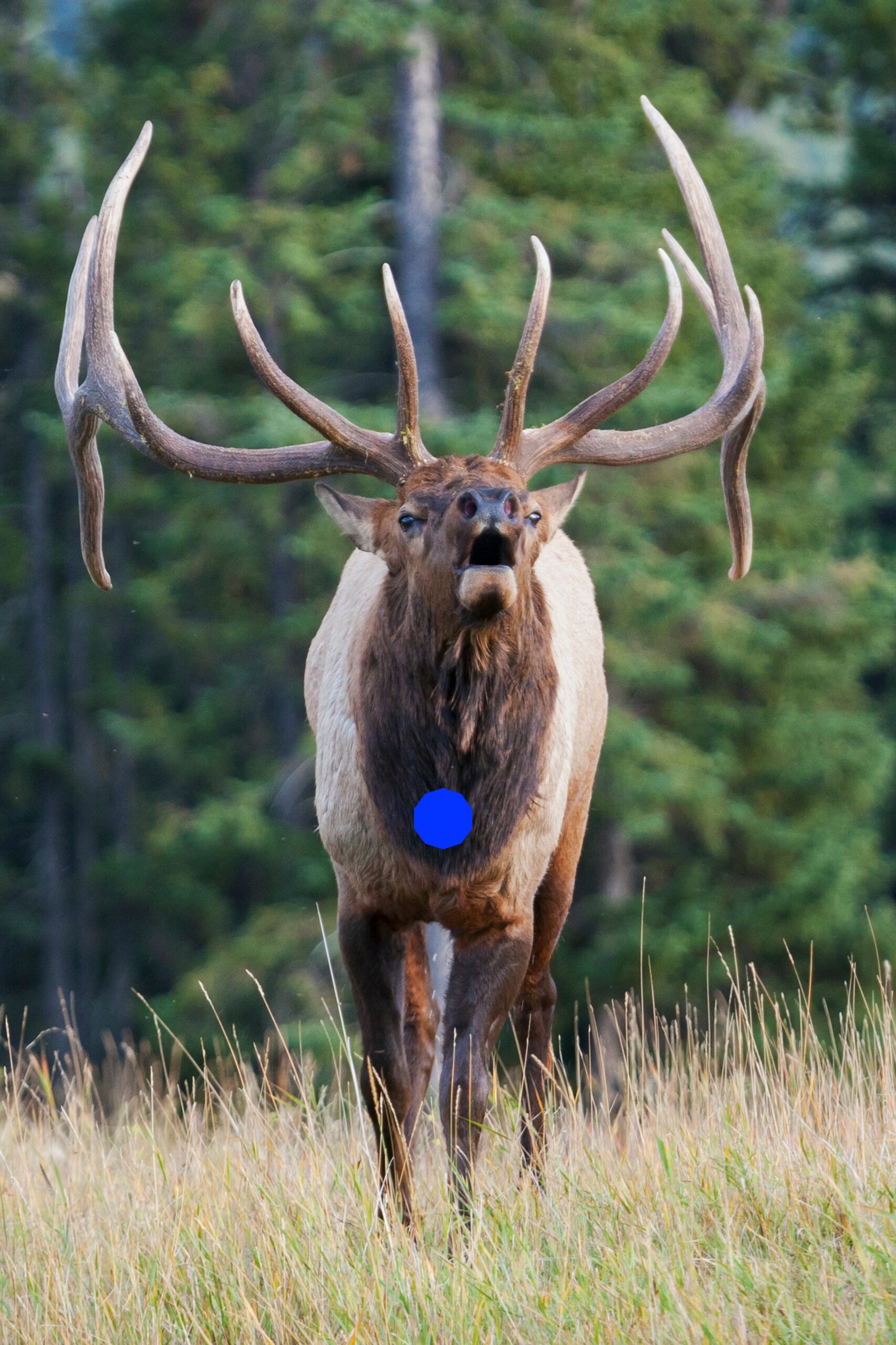
A quartering-to shot offers a small aiming area with a higher likelihood of hitting one of the danger zones, and hard quartering-to shots should be avoided. However, shots where an elk is facing you straight on, can be very lethal.
“I’m a fan of the frontal shot and I’ve killed a lot of elk with frontal shots,” Dudley says.
He says that the area where the bull’s dark long hair meets the light tan is even easier to penetrate than the ribs. According to Dudley, the kill zone for a frontal is about the size of a milk jug. While the frontal shot is very deadly, he warns that the frontal shot shouldn’t be attempted by anyone who has concerns about arrow penetration or arrow speed. Also, frontal shots should only be taken at close range.
“If you’re taking a frontal the animal is most likely going to be looking at you and as soon as that arrow goes off they’re going to be reacting because they’re going to hear a sound and see a movement,” Dudley says. “If that elk is anywhere past 20 yards, that, in my opinion, is becoming an unethical shot.”
Dudley also says bowhunters shouldn’t take frontal shots from elevated positions because to hit the vitals you’d have to penetrate the dense neck meat, which is extremely tough.
Read Next: Best Broadheads
Where Not to Shoot an Elk
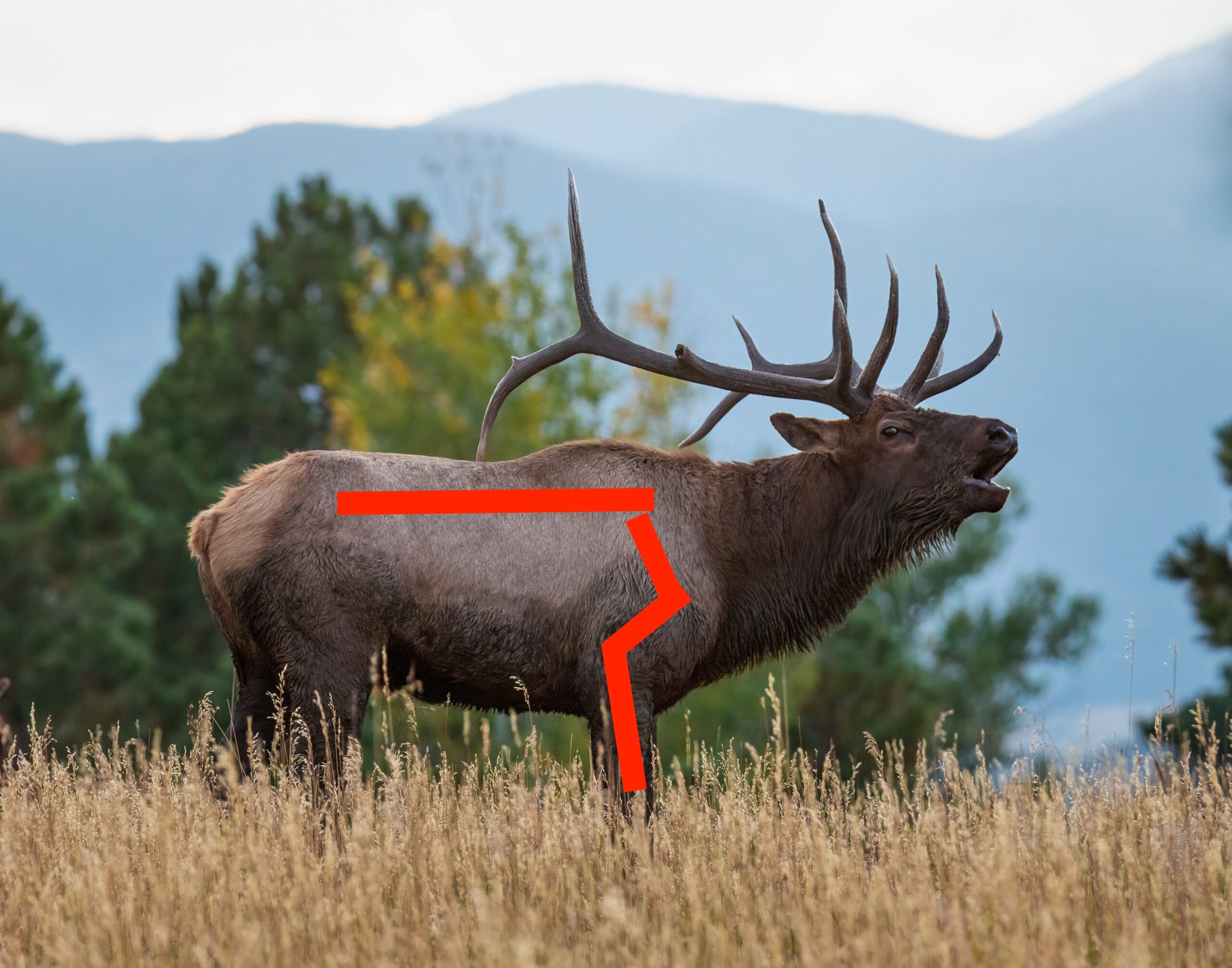
Elk are big animals with big bones. Even heavy arrow weights and high FOC won’t help you penetrate the leg bones, spine, and the thick portion of the scapula, Dudley says.
“I’m shooting roughly 80 pounds and with a 530-grain arrow and if I shoot the dead center of a leg bone on an elk, even with some of the best fixed blade broadheads I’ve had, the penetration is like hitting a 4×4 post,” he says. “For elk, the lungs and really everything forward of the diaphragm is very big … The things that you really want to avoid are the leg bone and where the leg bone connects to the bottom of the scapula. And the forward part of the scapula where it has the high ridge on it and the front part of the plate is more dense. Anything in there is a danger zone.”
The non-vital areas, like the stomach and hind quarter, should obviously be avoided as well.
Tips on Arrow and Broadhead Selection for Elk
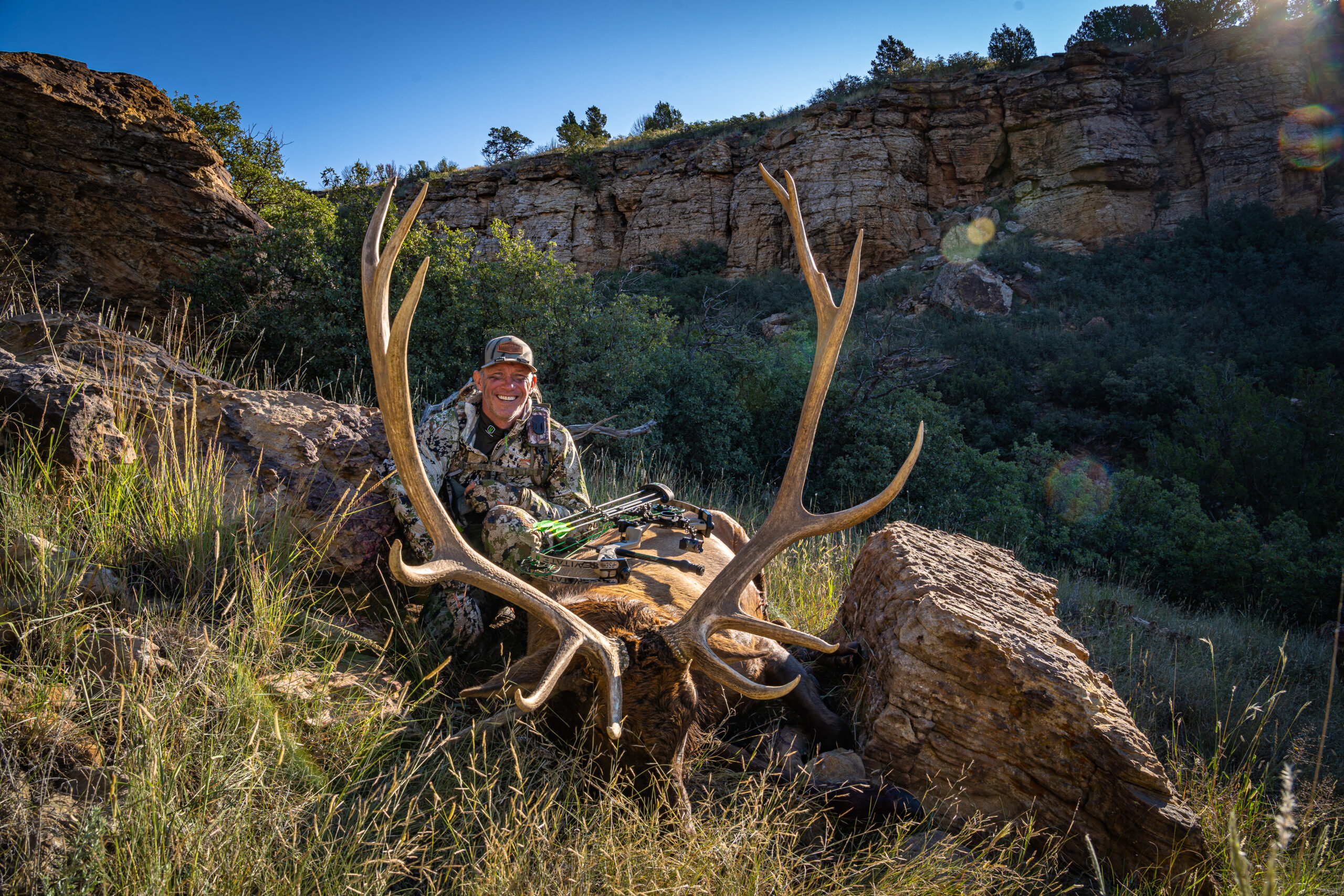
Heavy arrows are a current trend, but Dudley believes a mid-weight arrow is ideal for hunting.
“Do you need a massively heavy arrow? Certainly it will help penetration, but I haven’t seen very many broadheads go through the arm bone of an elk,” he says.
He likes a middle-of-the-road arrow weight because it strikes a balance between penetration, and a forgiving trajectory.

“Let’s say you range an animal and he’s 40 yards. Then you draw back and go through your shot process, but the elk takes two steps as you’re getting ready to shoot. If you’re shooting an arrow that I would consider extremely heavy, over 600 grains, those two steps (about 4 yards) are going to become a major factor,” Dudley says. “I try to choose an arrow that allows me to be off by about 2.5 yards with minimal variation.”

When it comes to choosing a broadhead, he says it all depends on your setup. If you have less than a 29-inch draw length and are shooting a lower draw weight. Dudley says that you should choose a broadhead that excels at penetration above all else. If you are shooting a setup similar to Dudley’s (30.5-inch draw, 80 pounds, 530 grains) you can choose a broadhead that might not penetrate the best but flies exceptionally well and cuts a larger hole.
“I think as bowhunters if we pay attention to the accuracy, the shot placement, and then make sure we have a head that will get the penetration we need based on our draw length and poundage, then that’s the best advice I can give them,” he says.
Final Thoughts on Where to Shoot an Elk with a Bow
Shot placement is critical with all game, and it’s especially important with critters like elk, which are known for their toughness. Now that you know where to shoot an elk, you’ve got to be able to execute the shot properly. Study elk anatomy, practice good shot placement, and choose a broadhead that properly matches your bow setup. With those boxes ticked you’ll be on your way to making a good shot in the mountains in September.

